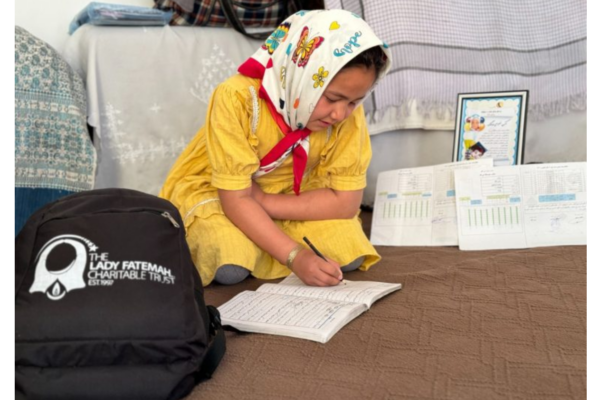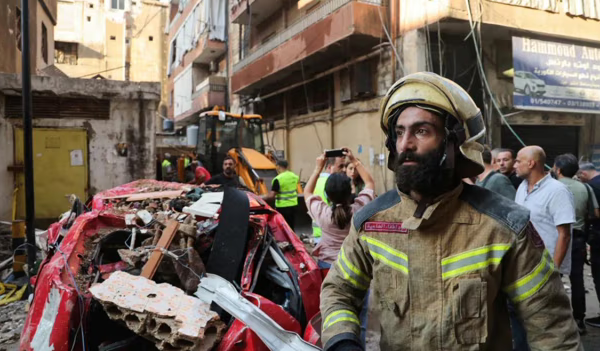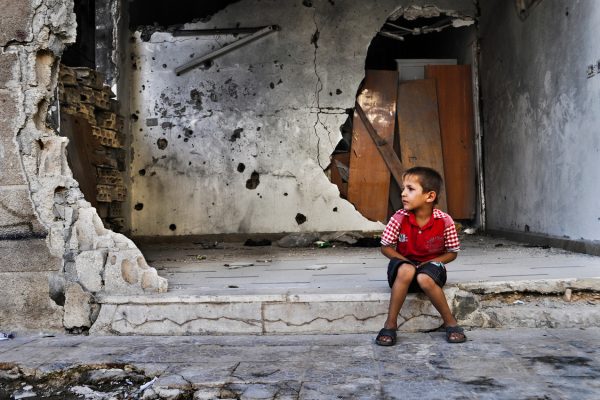Roughly 2.45 million children inside Syria are out of school today, and 1.6 million are at risk of dropping out.
Roughly 2.45 million children inside Syria are out of school today, and 1.6 million are at risk of dropping out.
The Syrian civil war has devastated a generation and history of an advanced, beautiful civilization. It has officially been 10 years since the Syrian civil war started, and the fatalities are ongoing.
Now, 10 years later, here are 10 facts about the effects of the Syrian civil war:
1.More than half of all Syrians have been forced to flee their homes.
Of those whose best chances of survival drove them out of their homes, more than 50% made their way to Turkey, and Syrian refugees now make up about a quarter of Lebanon’s population, the United Nations High Commissioner for Refugees reported. Turkey has the most Syrian refugees in terms of raw numbers, and Lebanon has the most per capita.
2. More than 6 million are internally displaced.
They’re refugees in their own country. In addition to the millions of Syrian refugees in neighboring and distant countries, there are millions more within Syria. Someone who is a refugee in his or her own country is an Internally Displaced Person (IDP).
3. About 5 million Syrian children have been born into war.
These children have been brought into violence that has nothing to do with them, and they live in constant danger. Many face mental health disorders because of the Syrian civil war and need professional help to ensure their development isn’t permanently stunted. Places like the Sigharuna Kibaruna clinic (In English: Our Little Ones, Our Venerable Ones) in Hatay, Turkey, provide this service.
4. Roughly 2.45 million children inside Syria are out of school and 1.6 million are at risk of dropping out.
The war reversed two decades of educational progress. Joining the effort to help combat this, Zakat Foundation of America fully sponsors elementary through university education for Syrians in Syria and Turkey. Zakat Foundation of America launched Zahraa University in Gaziantep, Turkey, which educates and employs Syrian refugees. It graduated its first class in 2018.
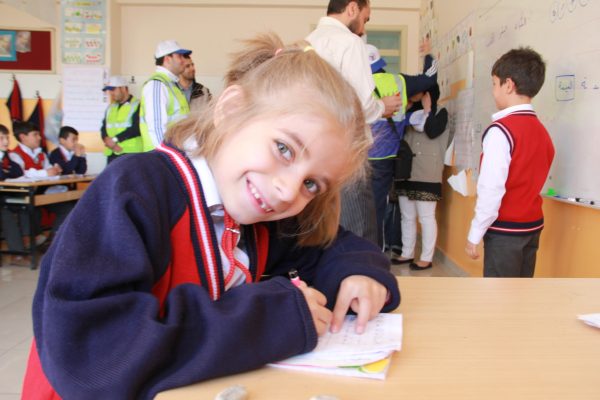
5. Nearly 7% of Syrians who have gotten COVID-19 have died from it. This is more than three times the current global average of about 2.2%.
COVID-19 is compounding issues in an already fragile health crisis. Fires and floods this past winter added to the health and sanitation crisis, all while the pandemic raged on — and continues to rage on. As of April 1, 2021, 1,274 Syrians have died from COVID-19 out of the 19,039 who were reported as contracting the coronavirus.
This is only the figure for Syrians still in Syria. Refugees worldwide have been shown to have an increased vulnerability to infectious disease outbreaks compared to their host populations. COVID-19 has not been an exception to this finding in a 2017 study reviewing infectious diseases in refugees and asylum seekers.
“Syrian refugees in Lebanon have several vulnerability factors that directly or indirectly affect COVID-19 transmission dynamics, and increase their risk of potentially large outbreaks,” according to a study published March 5 on the vulnerability of Syrian refugees in Lebanon to COVID-19. It lists crowding, inadequate water supply, sanitation, and inadequate access to health care as common issues to Syrian refugees in neighboring countries and to most refugee populations worldwide.
6. COVID-19 is killing livelihoods in addition to the lives it has taken.
About 88% of the Syrian refugee population in Lebanon cannot afford the Survival Minimum Expenditure Basket (SMEB), according to a December 2020 report from the Joint Data Center on Forced Displacement, World Bank Group, and the UNHCR. This is up from 55% at the end of 2019.
In addition, 92% of refugees surveyed in Jordan in May 2020 had less than 50 pounds of savings left (roughly 70 USD). A month later, more than 90% reported resorting to at least one negative coping strategy such as reducing meals or expenditure on health and education, according to the same report.
7. A record 12.4 million Syrians — nearly 60% of the population — are now food insecure.
This data from the United Nations’ World Food Programme showed that this figure increased by 4.5 million in the last year alone.
“It is alarming that a simple meal is beyond the reach of families across Syria, and this new data shows humanitarian assistance is the difference between putting a meal on the table and going to bed hungry,” said Sean O’Brien, WFP Representative and Country Director in Syria. “Lifesaving support has never been so crucial.”
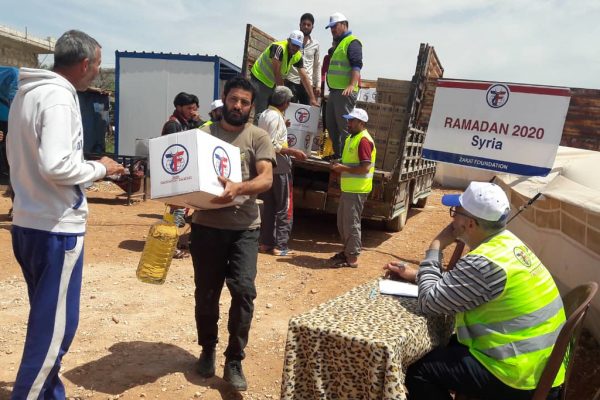
8. More than 75% of Syrian refugees are reported to have PTSD.
A survey of 721 Syrians living in Lebanon, Turkey, and in Idlib in Syria’s north-west found 84% had at least seven out of 15 key symptoms of PTSD, as reported in The Guardian, which also noted only two out of 393 people who participated in the survey showed no symptoms linked to PTSD in Idlib. The study, called “The Destruction You Can’t See,” specifically reports on post-traumatic stress disorder (PTSD) in the IDPs and Syrian refugees.
9. Refugees — Syrian refugees, especially — are often still unwelcome.
Anti-Muslim hate crimes are not new. Anti-refugee hate crimes aren’t either, and both types of crimes are unfortunately still happening. Approaching nine years after the Syrian civil war started, a 17-year-old Syrian refugee on his way home from school in San Diego was punched in the face repeatedly for speaking Arabic on a phone call. He was called racial slurs and had other obscenities yelled at him, according to the regional organizer at a local advocacy organization who helped file a police report.
10. Only 30,000 Syrian refugees out of about 5.5 million returned to Syria in 2020.
For most, it’s still not safe to return. Trocaire reports 75% of Syrian refugees have said they would like to return home.
Zakat Foundation of America’s work in Syria predates the current crisis. It then grew dramatically since the civil war began in 2011. The international nonprofit has provided more than $13 million in direct aid and assistance with its Emergency Relief Program to distraught Syrians inside and outside the country.
Zakat Foundation of America invests millions more in Refugee Empowerment and free Health & Wellness services, and the organization’s relief experts go inside Syria to enroll new orphans in its growing Orphan Care Program. They often travel to dangerous locations. Orphan care includes total sponsorship of the children, including food, clothing, and all educational and health needs, and surviving mothers.
Please pray and give to the people of Syria. Make a gift to help Syrians.
